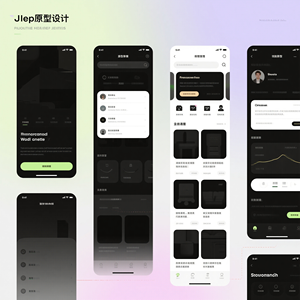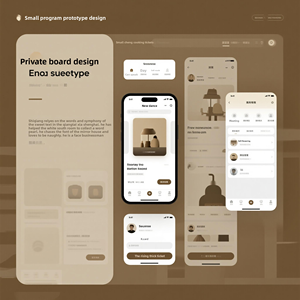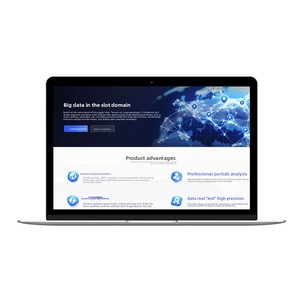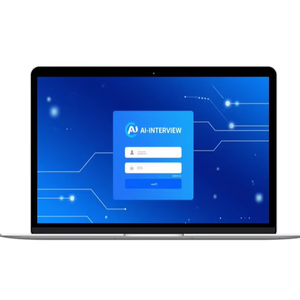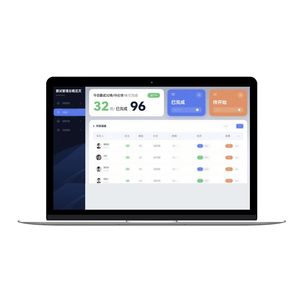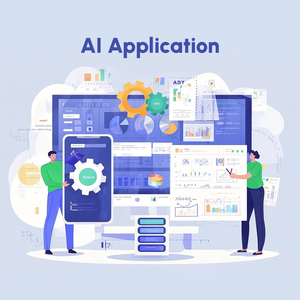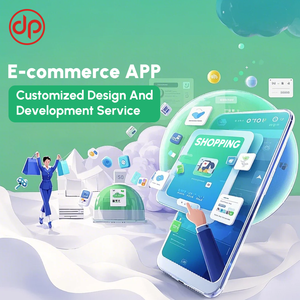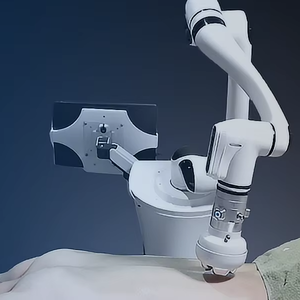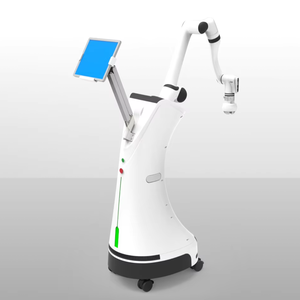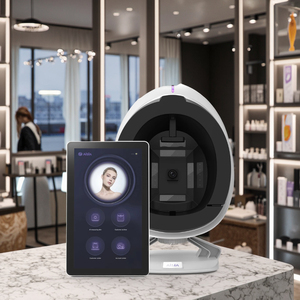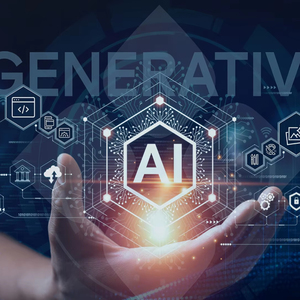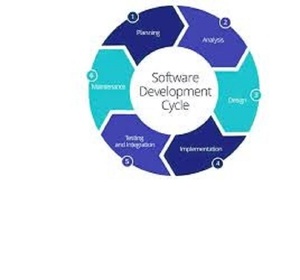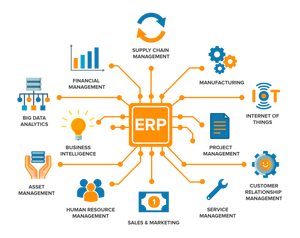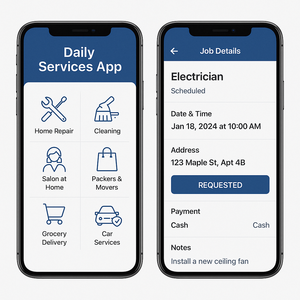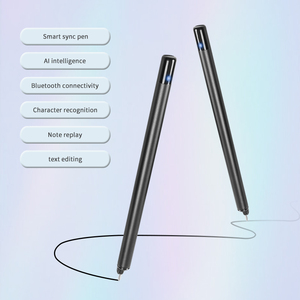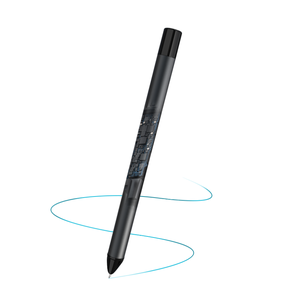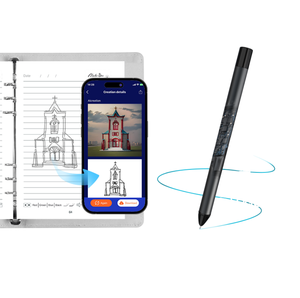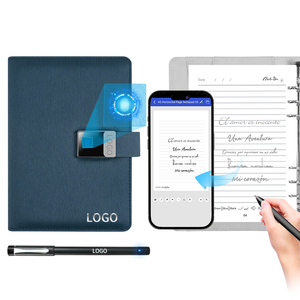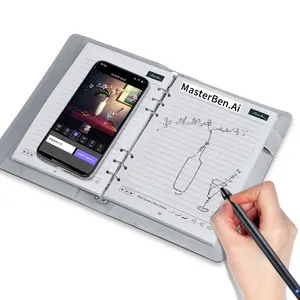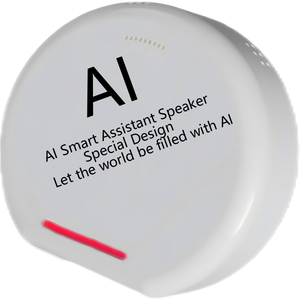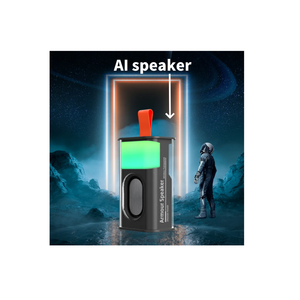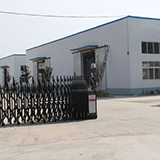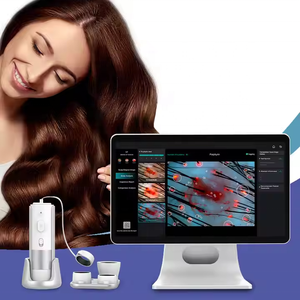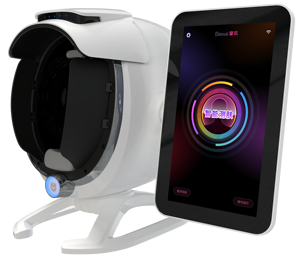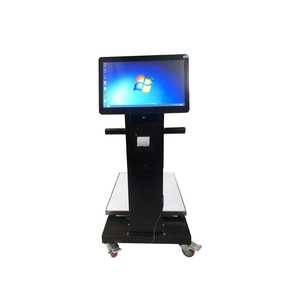User Interface Design Ai



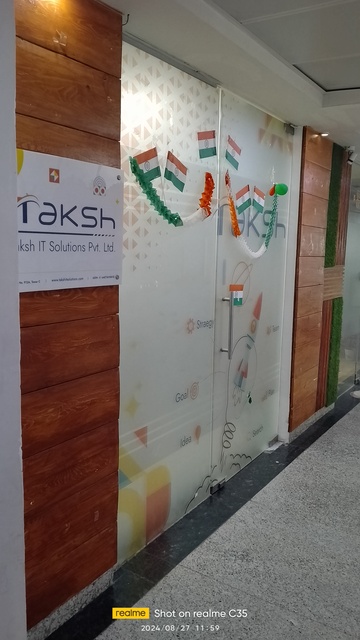

 1/3
1/3


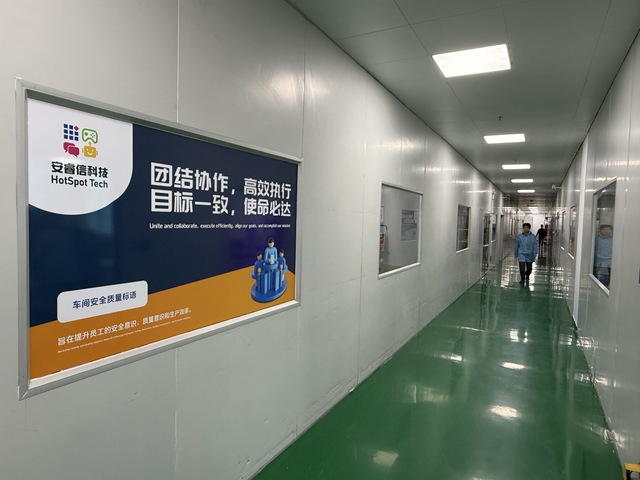

 1/3
1/3





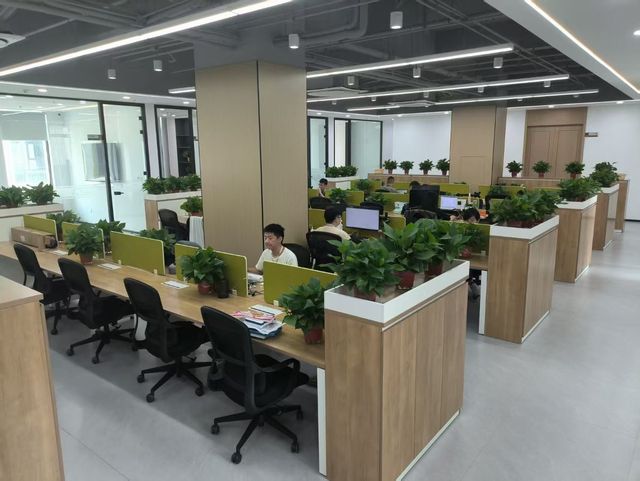

 1/2
1/2


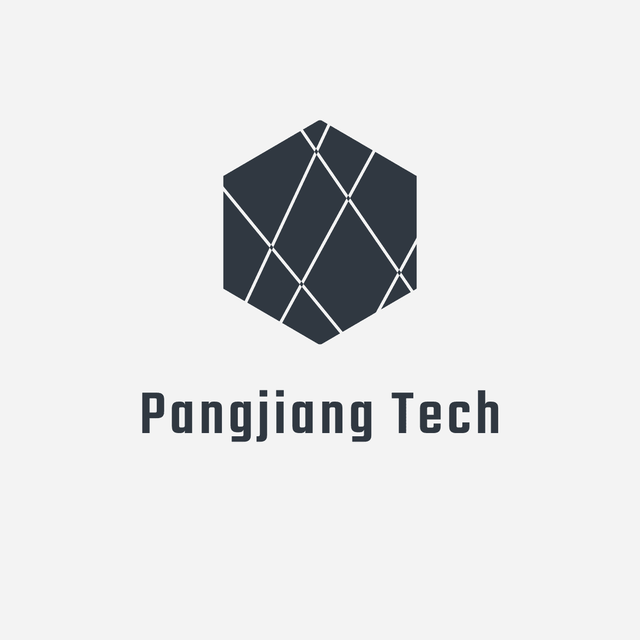
 1/1
1/1

 CN
CN







 1/3
1/3







 1/13
1/13





 1/3
1/3




 0
0



 1/3
1/3





 1/3
1/3





 1/3
1/3




 1/3
1/3




 1/3
1/3



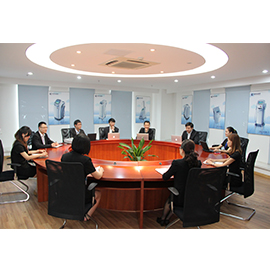

 1/3
1/3















 1/3
1/3




 1/3
1/3



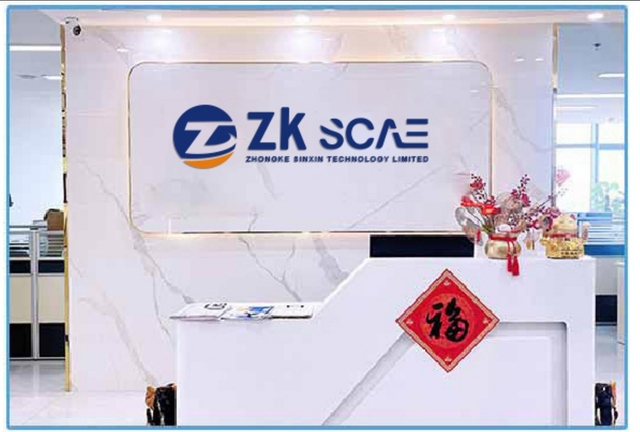

 1/3
1/3




 1/3
1/3
About user interface design ai
Where to Source User Interface Design AI Suppliers?
The global supply base for AI-powered user interface design solutions is concentrated in China’s technology hubs, particularly Shenzhen and Jiangsu, where integrated ecosystems support rapid development of intelligent software and hardware interfaces. Shenzhen dominates hardware-integrated AI systems, leveraging its status as a national innovation center with access to semiconductor suppliers, firmware developers, and industrial design firms within a 30km radius. Jiangsu-based suppliers specialize in enterprise-grade AI application design, offering strong capabilities in data modeling, UX prototyping, and cloud integration.
These clusters enable agile development cycles by co-locating R&D teams, UI/UX designers, and backend engineers. Buyers benefit from streamlined workflows that reduce time-to-deployment by 25–40% compared to outsourced models. Key advantages include scalable production environments, modular software frameworks for customization, and competitive pricing due to lower labor and operational costs. Lead times for standard AI interface packages typically range from 15–30 days, while custom implementations may require 6–10 weeks depending on complexity.
How to Evaluate User Interface Design AI Suppliers?
Adopt the following evaluation framework to ensure technical and operational reliability:
Technical Expertise Validation
Confirm demonstrated experience in AI-driven UI/UX development through portfolio reviews and product documentation. Prioritize suppliers with proven delivery in machine learning integration (e.g., natural language processing, behavioral analytics), responsive prototyping, and cross-platform compatibility (web, mobile, desktop). Verify expertise in APIs & integrations, especially for e-commerce, HR tech, and marketing automation platforms.
Development Capacity Assessment
Evaluate supplier infrastructure based on:
- Dedicated R&D teams focused on AI applications and user interaction modeling
- Track record in delivering end-to-end solutions—from concept design to deployment
- In-house capabilities in Android app development, web applications, and dynamic interface programming
Cross-reference project completion rates with response time metrics (target ≤2 hours) and on-time delivery performance (ideal ≥95%).
Transaction and Quality Assurance
Require documented quality control processes for software deliverables, including testing protocols for usability, accessibility, and system stability. Analyze transaction history indicators such as online revenue volume and reorder rate as proxies for customer satisfaction. For high-value contracts, consider phased payments tied to milestone verification or third-party escrow services to mitigate risk.
What Are the Leading User Interface Design AI Suppliers?
| Company Name | Main Products | Price Range (Min Order) | On-Time Delivery | Response Time | Reorder Rate | Online Revenue |
|---|---|---|---|---|---|---|
| TAKSH IT SOLUTIONS PRIVATE LIMITED | AI Applications, Android App Development, Web Applications, APIs & Integrations | $4,500 – $6,000 | 75% | ≤1h | - | US $2,000+ |
| Shenzhen Anruixin Technology Co., Ltd. | Keyboards, Gaming Peripherals, USB Hubs | $35 – $51 | 93% | ≤2h | <15% | US $20,000+ |
| Koma Technology (Jiangsu) Co., Ltd. | Interactive Prototypes, Data Insight Tools, AI Recruitment Systems | $3,000 – $6,000 | 100% | ≤1h | - | - |
| Shenzhen Pangjiang Technology Co., Ltd. | Smart Translators, Set-top Boxes, Smart Wearables | $36.10 – $46.55 | 100% | ≤2h | 32% | US $30,000+ |
| Shenzhen Douples Technology Co., Ltd. | AI Application Scenarios, B2C Website Design, API Integration | $700 – $30,000 | 100% | ≤9h | - | - |
Performance Analysis
Koma Technology and Shenzhen Douples demonstrate perfect on-time delivery records, indicating robust project management despite limited public revenue data. TAKSH IT SOLUTIONS offers mid-range pricing for comprehensive AI software packages but has a lower on-time delivery rate (75%), suggesting potential bottlenecks in fulfillment. Shenzhen Anruixin stands out for hardware-integrated AI interfaces—particularly customizable mechanical keyboards with dynamic UI controls—at highly competitive price points, supported by strong sales volume (US $20,000+ online revenue).
Shenzhen Pangjiang Technology exhibits one of the highest reorder rates (32%), reflecting consistent client retention, likely driven by reliable execution in smart device interface development. While Douples Technology provides a wide service range—including high-ticket B2C website AI integration ($30,000 minimum)—its slower response time (≤9h) may impact collaboration efficiency for time-sensitive projects.
FAQs
How to verify user interface design AI supplier credibility?
Review product-specific case studies and request references for similar projects. Validate technical claims by examining deployed applications or requesting demo access. Assess responsiveness and communication clarity during initial inquiries as an indicator of long-term support quality.
What is the typical minimum order quantity (MOQ) for AI UI solutions?
For software-based AI interface design services, MOQ is typically one unit or set. Hardware-integrated solutions, such as AI keyboards, may require 1–300 pieces depending on configuration. Custom development packages often have no physical MOQ but require full payment upon contract initiation.
Are customization options available for AI user interface products?
Yes, most suppliers offer extensive customization, including brand-specific UX flows, multilingual support, API integrations, and adaptive interface logic. Providers like Koma Technology and Shenzhen Douples explicitly list tailored prototype and workflow design as core offerings.
Do suppliers provide post-delivery support?
Support policies vary. Some suppliers include limited post-deployment assistance in the initial fee, while others offer paid maintenance contracts. Clarify terms for bug resolution, updates, and scalability adjustments before finalizing agreements.
What payment methods are commonly accepted?
Commonly accepted methods include bank transfer (T/T), letter of credit (L/C), and platform-mediated transactions. For new partnerships, staged payments linked to development milestones are recommended to align incentives and reduce financial exposure.














